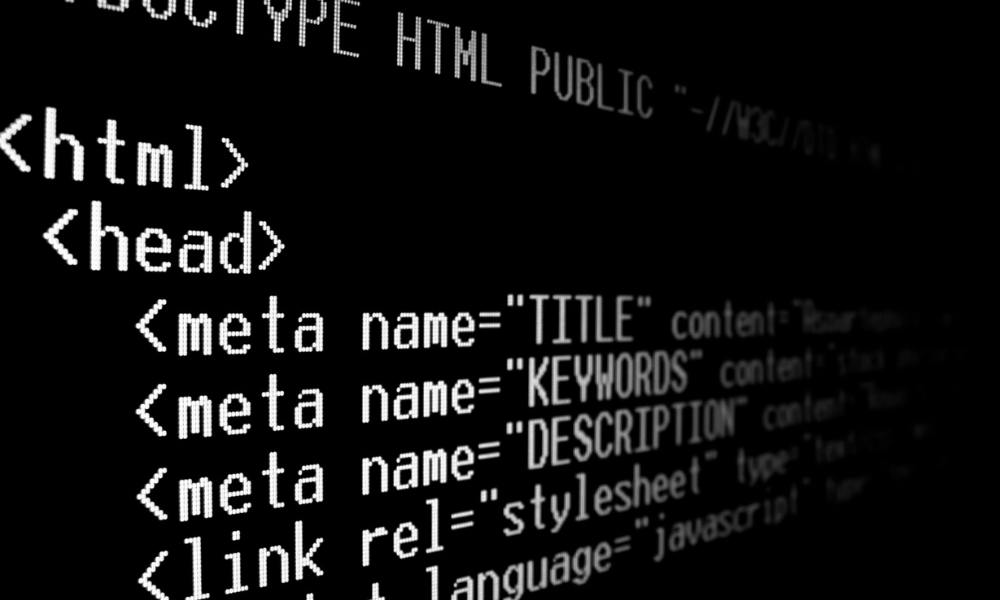
Let’s get one thing out of the way: this isn’t some mythical tech title meant to pad resumes. Working across the full software spectrum is very real, very practical, and—if I’m being honest—one of the most versatile roles you can take on in modern tech.
Over the past 9+ years, I’ve worked in this role—writing, debugging, optimizing, deploying—and yes, even occasionally Googling error messages that shouldn’t exist. If you’ve ever been curious about what working across the entire web layer really involves, you’re in the right place.
What You’ll Learn (Quick Snapshot)
Here’s what I’ll walk you through:
- What this role really involves
- How both ends of web application development connect
- Tools I use and why I use them
- Benefits and drawbacks of covering both areas
- My daily workflow
- Guidance for anyone thinking of stepping into this path
What Does It Actually Mean?
If you’re wondering what the term really represents, it’s about building software that covers both the user-facing side and the behind-the-scenes logic. From designing layouts to handling server requests—I handle the full range.
To put it simply, I deal with both the look and the function of web platforms. One minute I’m styling a form, the next I’m working with APIs or tweaking data queries.
You can find a technical breakdown in my guide: Full-Stack Development Explained
The Two Sides of a Web Platform

Let’s break it down.
The frontend is everything users can see and click—think buttons, layout, and responsiveness. It’s built using HTML, CSS, and JavaScript, often with tools like React or Vue.
The backend, on the other hand, powers the system under the hood. It processes logins, pulls data from databases, and makes sure everything works smoothly.
When you understand both, you don’t just build; you make sure the pieces talk to each other efficiently. If you’re looking for more detail, I covered this in my breakdown: Front-End, Back-End, and Full-Stack—Explained
A Glimpse Into My Workflow
Let’s be real—no two days are the same, but here’s a general idea of how I split my time:
- Morning: Review server logs and front-end tickets
- Midday: Create or modify a UI component
- Afternoon: Work on data endpoints and update internal APIs
- Late-day: Debug issues that magically only happen on Safari
Covering both areas of an application can be a challenge, but it also keeps things interesting. You’re rarely bored.
Tools I Use and Why

Over the years, I’ve worked with dozens of frameworks, libraries, and languages. These are the ones I keep coming back to:
- User interface development: React, Vue, Tailwind CSS
- Server-side logic: Node.js with Express, Python, PHP
- Storage: MongoDB, PostgreSQL, Redis for caching
- Workflow tools: Git for versioning, Docker for containerization, CI/CD for deployment
For more on this, check out my list of top tools and frameworks.
Why I Work Across the Entire Application Layer
There are a few reasons why I’ve chosen to build this way:
- Speed: I can take a feature from concept to deployment on my own
- Autonomy: I rarely need to wait for other team members to unblock tasks
- Perspective: Knowing the whole structure makes debugging much easier
It also helps when working with smaller teams or startups, where being adaptable is a huge advantage.
I’ve outlined this more fully in: Why Versatile Developers Are in Demand
Challenges That Come With the Territory
Now, I’d be lying if I said it was all smooth sailing. Working across the board comes with its own set of headaches:
- Keeping up with constant updates in multiple toolsets
- The mental load of shifting between interface design and logic-heavy code
- The unrealistic expectation that you’ll know every tool under the sun
And yes, burnout can sneak up if you’re not careful. I’ve documented a few of the most common errors I’ve made in this post: Mistakes to Avoid
Thinking About Taking This Path? Here’s My Advice
Start small.
Don’t try to learn everything at once. Begin with either the client-facing side or the server-side processes. Build something functional—then expand from there.
Real-world experience matters. You’ll learn more fixing a broken blog than watching ten hours of tutorials.
I’ve laid out a step-by-step approach here: How to Become a Developer in 2025
And once you’re ready to showcase your work, this list might help: Top Projects to Build
How I Build Applications from Start to Finish

Whether I’m working solo or with a client, this is generally how I tackle projects:
- Discovery – Understand goals and user needs
- Tech planning – Choose tools that suit the job
- UI creation – Design the interface, test layout responsiveness
- Server setup – Develop routes, handle data, write backend code
- Integration – Connect everything and ensure communication between parts
- Testing – From unit tests to full user flows
- Deployment – Push live with automation and monitoring
- Maintenance – Track bugs, update systems, plan improvements
For a closer look at this, check out: How I Build Web Applications
Further Reading
Here are a few hand-picked articles for when you want to dig deeper:
- Stack Comparisons: MERN, MEAN, and LAMP
- Developer vs Software Engineer
- Current Salary Trends
- Top Programming Languages This Year
This Path Right for You?
If you’re the kind of person who enjoys variety, learning fast, and solving a wide range of problems—then yes, this might be your lane.
It’s not the easiest route, but it’s definitely one of the most rewarding. Just take it one step at a time. No one starts out knowing everything. Trust me—I didn’t.
Got a project you need help with? Or just exploring options? I’m here if you want to build something that works—and works well.
